The cave Gerontomouri was discovered accidentally in 1976 during road construction works at a hill near the village Agios Charalambos at Lassithi plateau. The entrance is sealed to the public as excavations are still in progress.
The same year that the cave was discovered, archaeologist Kostas Davaras conducted the first rescue excavations, which continued in 1982 and 1983. In 1999 looters removed material from the surface ceramics. In 2002 the excavation work was undertaken by Philip Betancourt and in 2003 by Eleni Stravopodi.
It is a burial cave that was used mainly during the Neolithic and Middle Minoan periods, as the accumulated bones and skulls testify. The cave was used for putting the bones of dead, who were initially buried in other graves in the area. It was actually the ossuary of a local community, mainly during the 18th century BC.
The cave was sealed naturally in the 18th century BC when its entrance collapsed. This accidental collapse gave scientists a precious gift, as they could, after thousands of years, be able to see a snapshot of the era, without being disturbed by the later generations. Through this "frozen" picture they were able to better understand burial practices and to study more safely the anthropological and sociological characteristics of the Minoans.
Bones were found in cavities forming grids in layers. Also, some of the skulls had drilled holes, which means they had undergone some kind of surgery. Similarly, there were bones with multiple lesions, indicating that these individuals were supported by their community for survival. The bones provided information on the DNA of the Minoans and the diseases they were dealing with.
The cave consists of seven communicating chambers, in five of which were found bones. Along with the bones, a large number of objects accompanying the bones were found. Among the objects were dozens of broken pottery and stone vessels (mainly jugs and cups), parts of larnakes (containers for bones), seals and sealing rings, anthropomorphic and animal-shaped figurines, tools, etc.
In one of the chambers there are two retaining walls for supporting the unstable sides. Among the findings stand out 4 small elliptical larnakes that housed the disarticulated bones and various figurines of marble or hippopotamus canine, indicating the high social status of the dead and contacts with other remote areas of the Mediterranean. However, the most well-known finds in the general public are the sistra, a type of musical instrument that was either associated with the worship of the goddess Isis (sistrum is her symbol,) or was the personal object of a deceased musician, or accompanied the funerary ceremonies










 Gerontomouri Cave at Agios Charalambos
Gerontomouri Cave at Agios Charalambos






































































